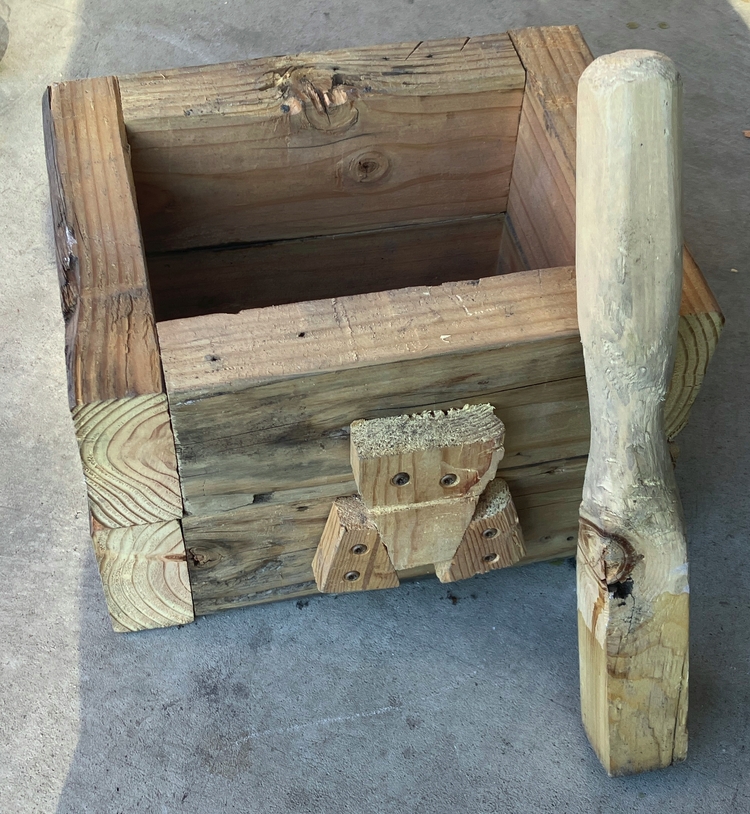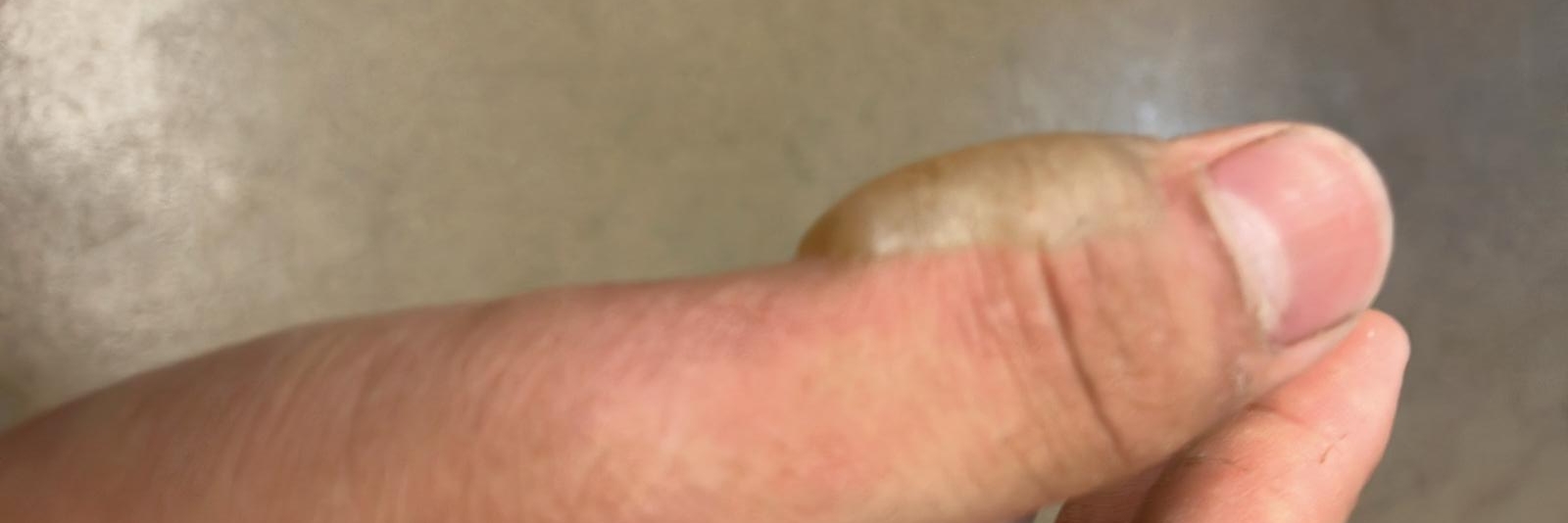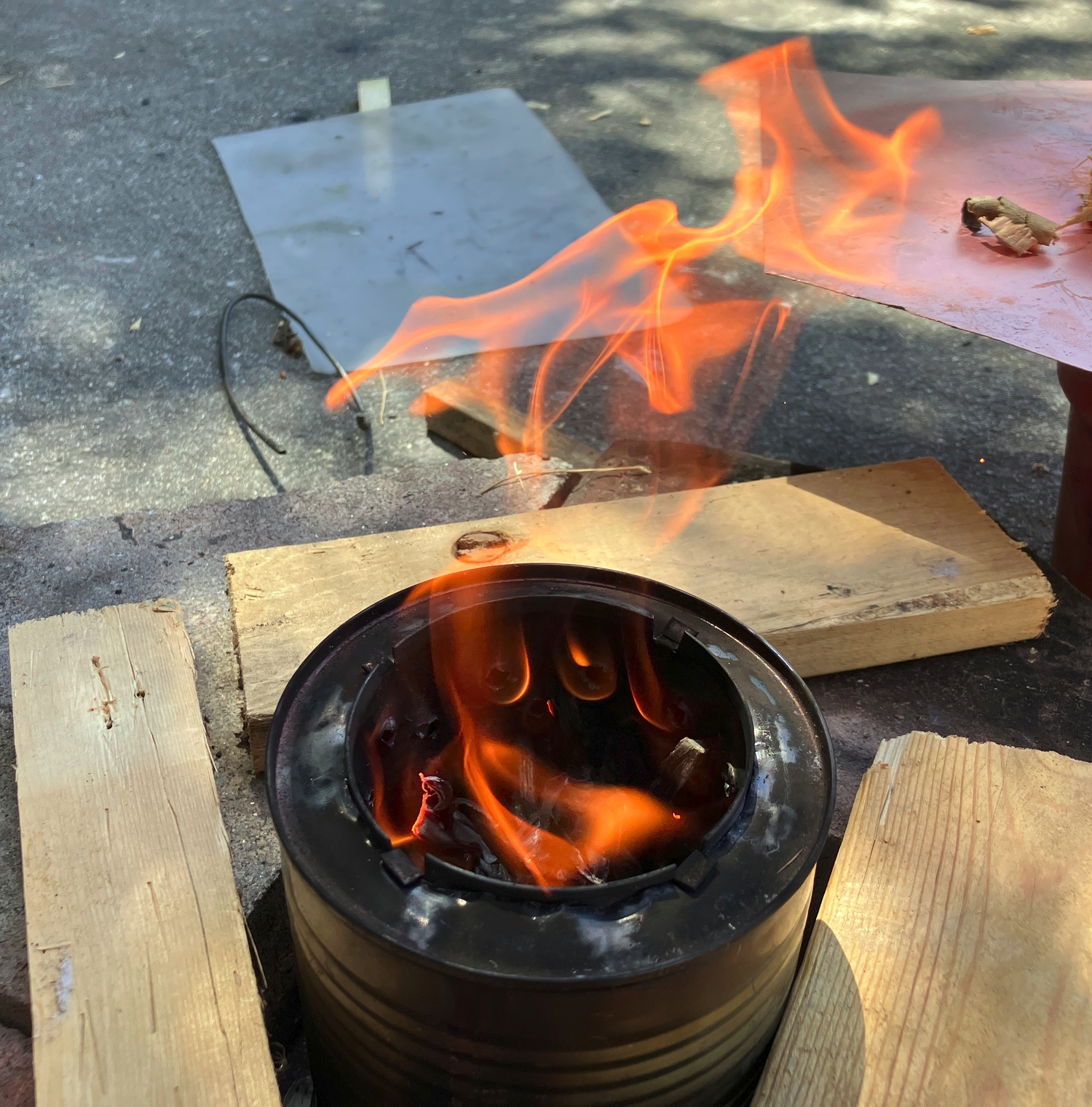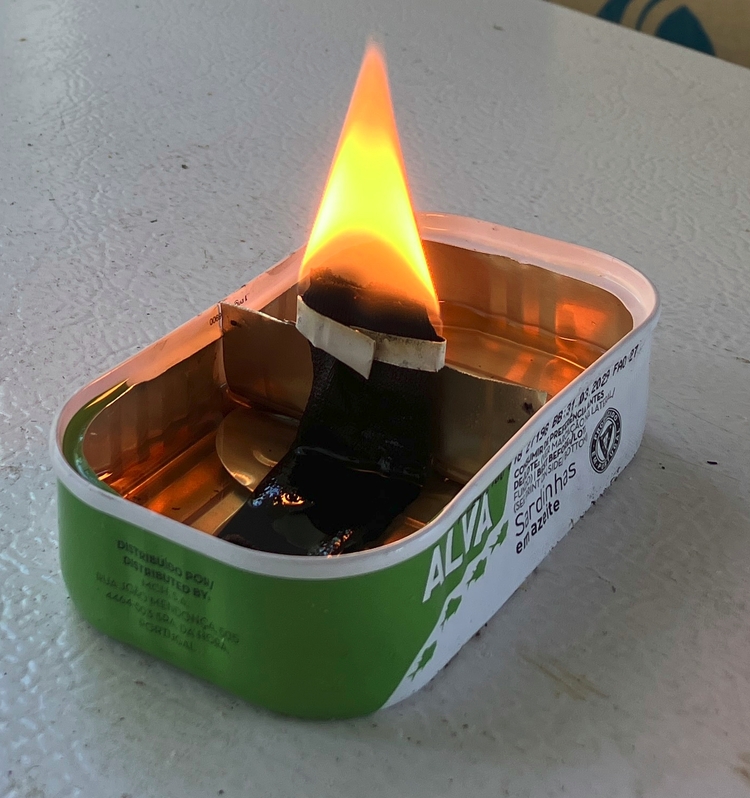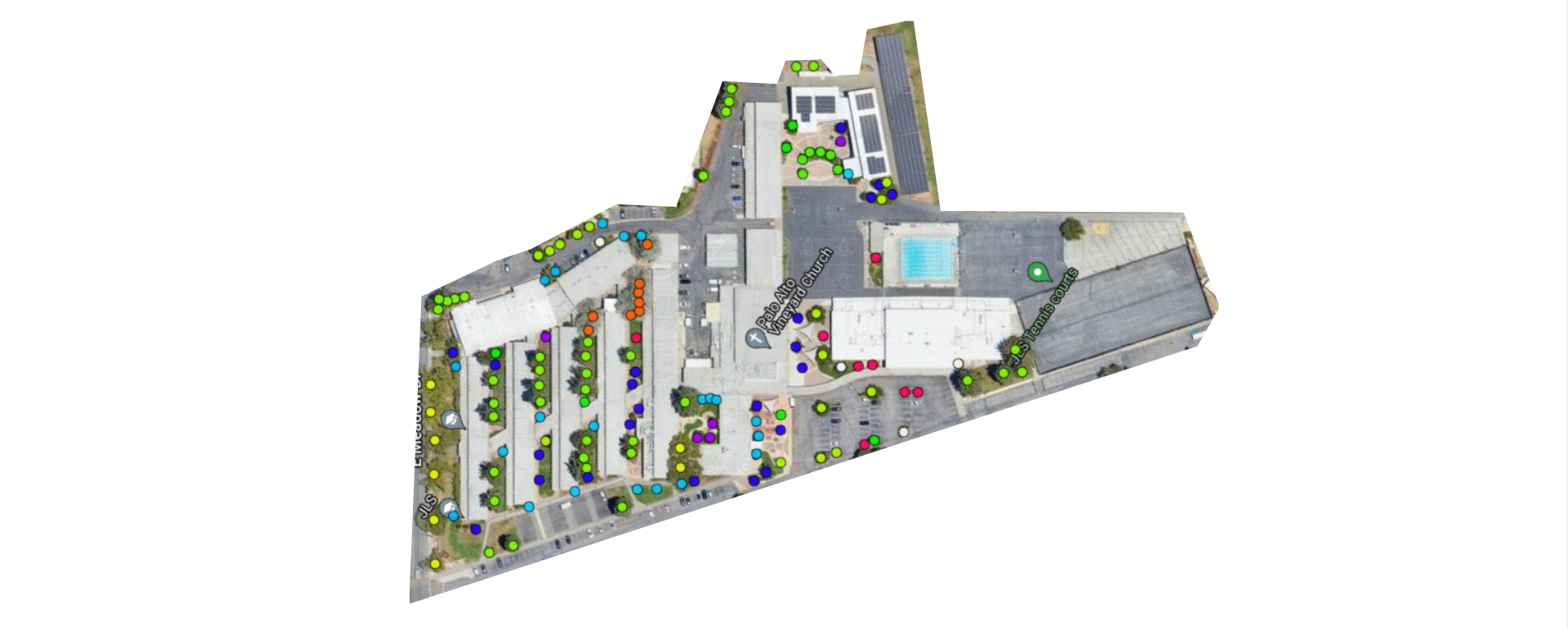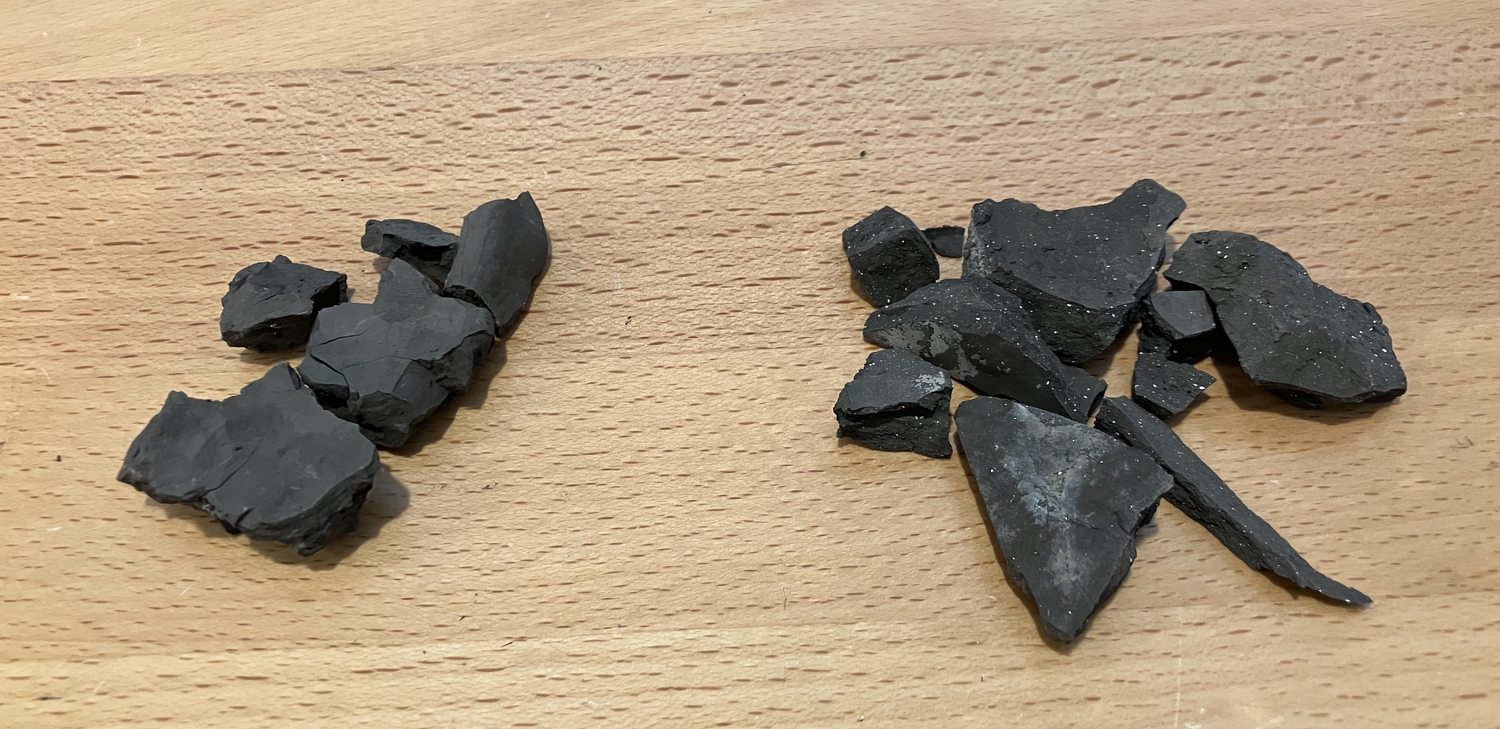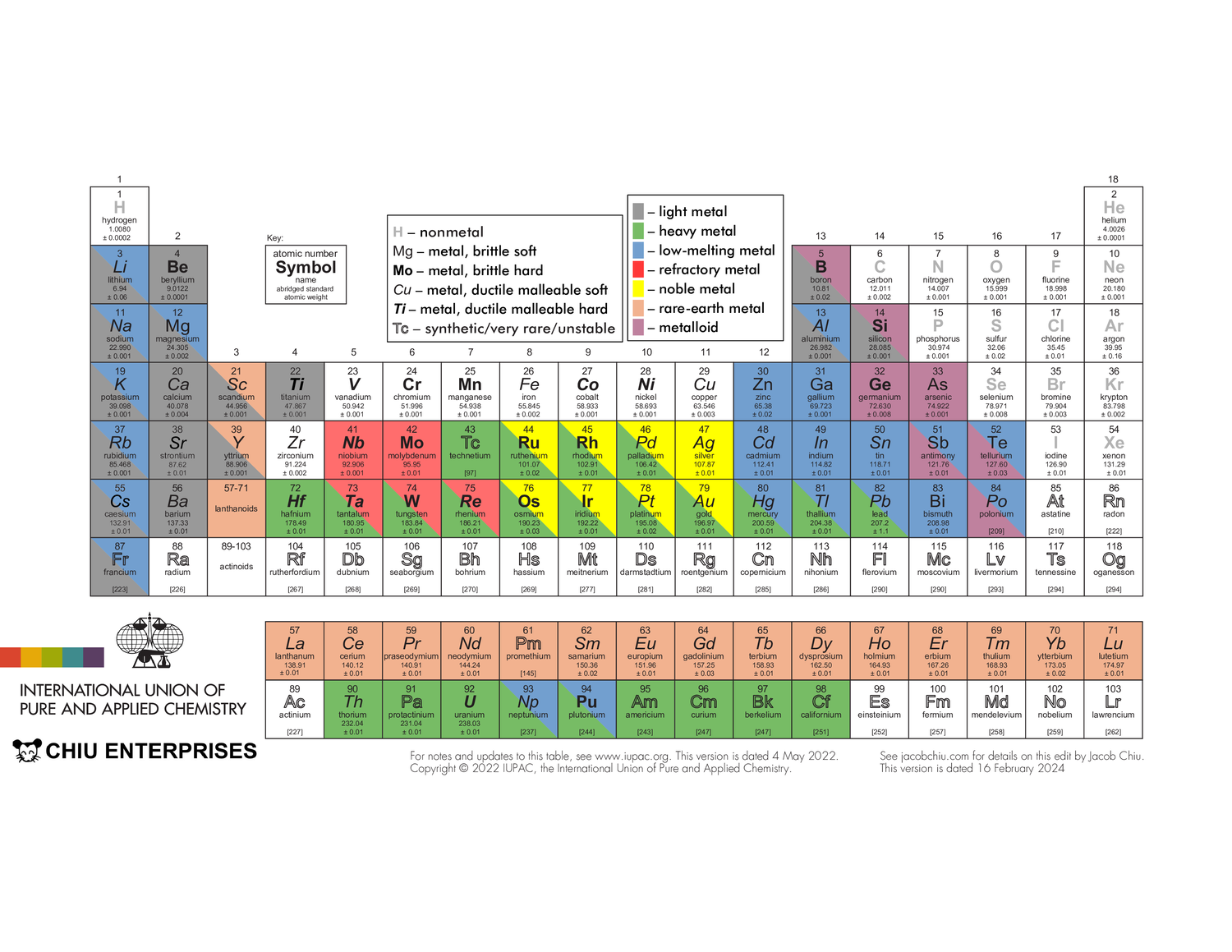Category: Random Projects
Random projects that I do to improve my life, try out an interesting new technology, learn a new skill, etc.
-
Introduction I have some dirt,I have some sand.Uh! Green sand. I poured zinc,into the green sand,Uh! Sand casting. (The PPAP song went viral when I was in elementary school and the funny lyrics made an impression on me. So here we are.) My previous attempt at casting focused on casting a detailed model with no draft, necessitating the time-consuming investment casting process. However, for simpler and properly drafted models, more rapid castings can be obtained with sand casting, though with a poorer surface quality. Materials and Tools One of the great benefits of sand casting is …
-
The other day, as a result of playing with gasoline, I got some second-degree burns. Eight years ago, in preparation for a backpacking trip to Sword Lake, my dad bought a 1-gallon can of Coleman Fuel (a petroleum distillate similar to gasoline but without the engine-performance-enhancing additives), to fuel his Coleman 442 pressure stove. After using it for a few camping trips and to melt zinc, the fuel was finally finished as I continued my metal-casting project over this summer break. Of course, the fuel can wasn’t exactly empty. I did my best to pour out the …
-
Introduction For no reason at all, I decided one day to make one of those top-lit updraft (TLUD) wood gasifier stoves that are a common design for DIY small biomass-fueled stove projects. The design has been researched pretty extensively and is viewed as a promising stove design to replace dirty and smoky biomass stoves commonly used in developing countries. It has the advantage of simplicity, versatility, efficiency, and being very clean-burning. The TLUD operates by creating and burning wood gas efficiently. This is accomplished by limiting the amount of air a lit batch of biomass (usually small sticks) receives, producing…
-
The concept of an oil lamp made out of a sardine tin is nothing new. The idea has been explored by others as a sort of survival lamp, which can be made with very simple materials. However, my design is different in that it’s meant to be used regularly and provide a brighter flame than most DIY oil lamps. Why use a sardine tin for an oil lamp? Firstly, its shape: vegetable/animal oils are rather thick, which means that they can’t wick up very far and that the oil level must be kept within a narrow range for the lamp…
-
Finding no other similar resources online, I created this printable list of the keyboard shortcuts in Ubuntu. There’s only one change from the default shortcuts: I’ve set Ctrl+Space to be the shortcut for playing/pausing media playback. If you like you can edit the provided .odt file. Here’s the infinitely low-tech way I got all these shortcuts as text:After looking for a list of the shortcuts online and failing to find one, I took screenshots of them and sent them to a text identifier. Then I manually copy-pasted the output into a table. shortcuts.pdfDownload shortcuts.odtDownload…
-
Introduction Where I live, the soil has a very high clay content, so I’ve tried a few times in the past to turn it into some usable clay-like material. Clay is easier to work with than metal and wood, can endure high temperatures unlike plastic, and is more durable. In my attempt to cast zinc, I simply mixed dirt with enough sand to prevent cracking and formed it into very simple molds that by virtue of their porosity were really temperature-resistant. (Seriously. I used this sand-dirt to make a tiny blowtorch-powered furnace and used it to melt copper. You …
-
I created a tree map of Jane Lathrop Stanford Middle School for my Broadcast Media class in 8th grade, but it was never published. As I was doing research for that project, I stumbled upon the Canopy Tree Plotter, a tree map of Palo Alto, though since it didn’t list the trees at JLS, I didn’t use it. Going back yesterday, I saw that the map was partially crowdsourced, so anybody could contribute, and I decided to add the tree map there. You can see it here. Going back to the original map I created, I noticed many …
-
Introduction I’ve been trying to refine my backyard soil into some workable clay in order to further my metal casting project. As you can imagine, this comes with some challenges as not all clay, even when purified, is suitable for making stuff. In the case of the clay in my area, it’s very sticky and plastic, cracks when drying, and has low wet strength. Because of this, I’ve tried a few things to improve its working properties, with some success and some failure. I started by creating a light slurry of dirt and water to separate the clay, which …
-
Introduction Lately, when not crushed under the tedium of self-studying two AP exams, I’ve been trying to refine the clay soil from my backyard into clay. A post about that is coming. This post is about an interesting effect I noticed today as I test-fired pieces of clay. Basically, clays often contain iron oxides (compounds containing different ratios of iron and oxygen with distinct properties) as an impurity, which gives them their color. Depending on whether the kiln’s atmosphere is oxidizing or reducing, these oxides can be transformed into one form or another during firing, changing the surface color of…
-
Introduction I have a … thing for the periodic table. In elementary school, I copied it twice, by hand, of my own volition. The first attempt was crooked with many spelling errors and multiple different pen colors. The second was neater, but element 8 was still written as “oxegen”. Last year, in the never-ending quest to discover an “ideal” periodic table that has all the information you need, yet is easily readable and printable, I took the one from the International Union of Pure and Applied Chemistry and edited it. The IUPAC’s periodic table is available here. Americans: note …

